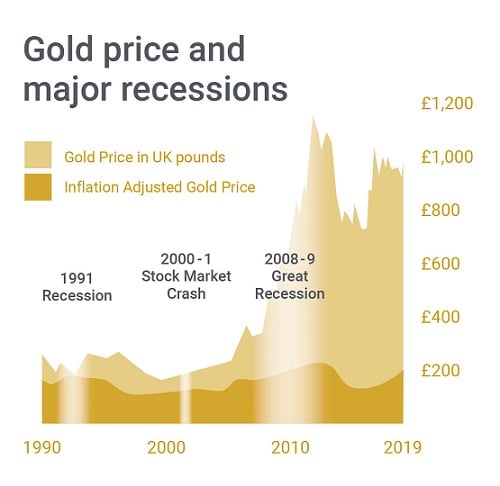Friends, let’s talk about something brutally real – the Arctic is melting… and fast. New data released yesterday from Japan’s space agency (JAXA) and the National Institute of Polar Research is frankly terrifying. Their satellite observations show the maximum Arctic sea ice extent this winter hit a record low of 13.79 million square kilometers. That’s the lowest since records began in 1979!

Let’s be clear: this isn’t just about polar bears. This is about systemic risk. This is about the future of global weather patterns, supply chains, and ultimately, your portfolio.
Here’s some crucial context:
Arctic sea ice naturally expands during the winter, reaching its peak in March. Scientists track this meticulously because it’s a vital indicator of climate change.
This year’s figure, derived from advanced microwave sensors on the ‘Shizuku’ satellite ,isn’t a slight dip – it’s a collapse. The data screams a clear message: warming temperatures are accelerating the loss of ice at an alarming rate.
And you know what that means, right? Less ice means more absorption of solar radiation, leading to even faster warming. It’s a dangerous feedback loop.
Understanding Arctic Amplification:
The Arctic is warming at roughly twice the rate of the global average – a phenomenon called Arctic amplification. It’s driven by the ice-albedo feedback effect.
Impact on Jet Streams: A shrinking ice cap disrupts the polar vortex, potentially leading to more extreme weather events at lower latitudes, impacting agriculture and infrastructure.
Consequences for Shipping & Resources: While opening up new shipping routes, the ice melt also raises geopolitical tensions over Arctic resources and territorial claims.
So, what does this mean for you? Pay attention. This isn’t some distant environmental issue; it’s a financial one. Investments need to align with a world grappling with climate disruption. It’s time to get serious about climate-resilient strategies.


